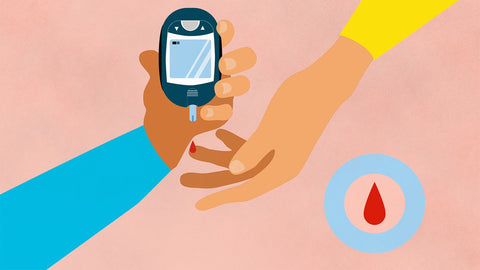
Pre-diabetes is a health issue often overlooked but crucial for long-term well-being. According to data from the Centers for Disease Control and Prevention (CDC) in the United States, up to 90% of pre-diabetic individuals are unaware of their condition.
Pre-diabetes is a condition where blood sugar levels are higher than normal but have not yet reached the diagnostic criteria for diabetes. At this stage, individuals usually do not feel any discomfort, making it easy to ignore. However, this is a critical period because appropriate intervention can significantly lower the risk of progressing to diabetes in the future.
When doctors inform patients they are in the pre-diabetic stage, their pancreatic beta cells (responsible for insulin secretion) may already be damaged by 50% to 90%. This means that without action, they may soon develop into full-blown diabetes.
Research suggests that taking measures during the pre-diabetic stage, such as improving diet, increasing exercise, and adjusting lifestyle habits, can significantly reduce the risk of developing diabetes in the next 15 years. Conversely, neglecting these measures may lead patients to develop diabetes within the next three years.
For individuals above 40, especially those with the mentioned risk factors, it is recommended to check blood sugar every six months and at least once a year. Timely detection of minor changes in blood sugar through fasting blood sugar, glycated hemoglobin, and postprandial blood sugar tests allows for appropriate measures to prevent the development of diabetes.
Pre-diabetes is a health issue that should not be ignored. Through early identification and positive lifestyle changes, we can effectively reduce the risk of developing diabetes in the future. If you suspect you may be in the pre-diabetic stage, timely communication with a doctor and taking action are crucial.
















